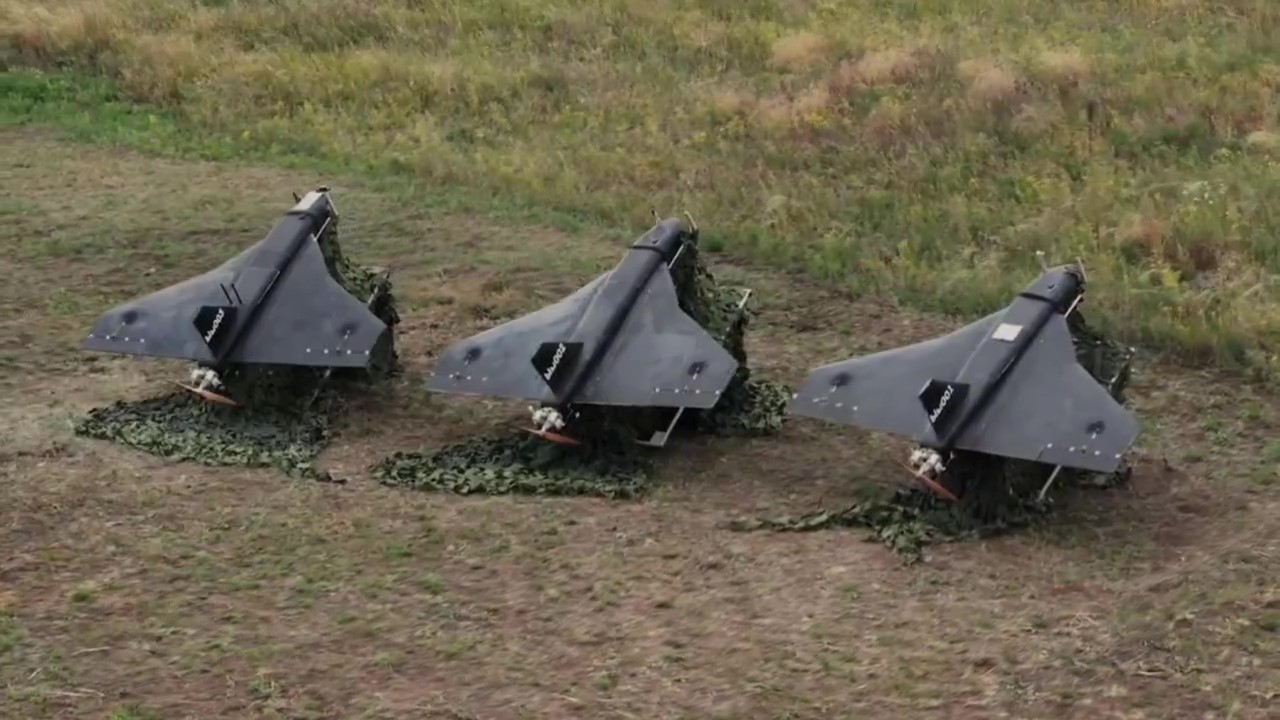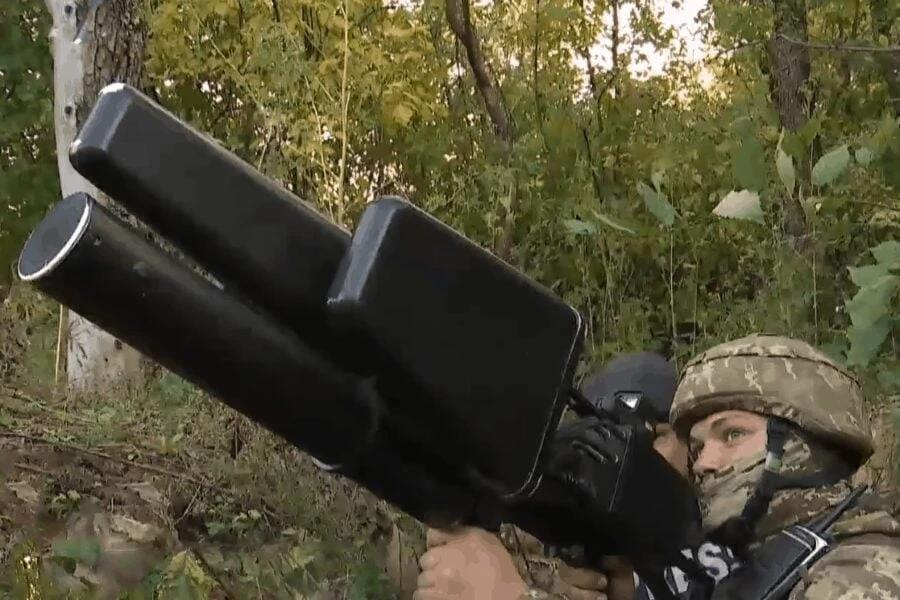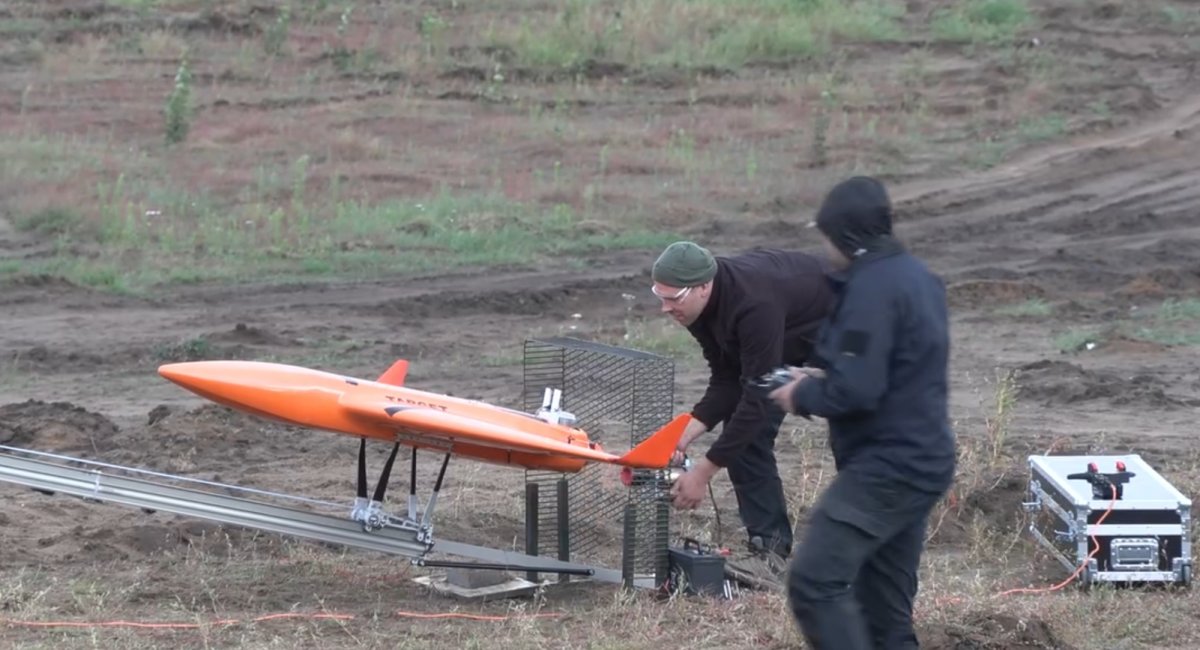According to the Lithuanian Armed Forces release, they recently conducted intensive training of mobile anti-drone units at the General Silvestras Žukauskas training range in Pabradė, less than 10 kilometers from the Belarusian border. The military practiced deploying mobile fire teams with heavy machine guns, armored vehicles with weapon modules, and RBS surface-to-air missile systems to engage target drones.
Read more: More M113s for Ukraine? How AMPVs Could Free Up U.S. Vehicles
The exercises followed parliament's September decision to expand military powers, allowing forces to shoot down drones in restricted zones even when they do not pose an immediate threat as weapons.
New rules enable the defense minister or authorized personnel to deploy military assets against drones violating established restrictions, even if the drones are not being used as weapons something that was not permitted before.
These legislative changes were likely accelerated by incidents involving at least 18 russian drones violating NATO airspace during September 2025.
Notably, in the summer of 2025, russian Gerbera UAVs decoy models mimicking the Shahed-type design penetrated Lithuanian airspace from Belarus. According to authorities, one of these drones carried up to 2 kilograms of explosives.

Locally, Lithuania already employs portable EDM4S systems to jam drone communications, while the domestic company Granta Autonomy is developing loitering munitions that could potentially be adapted for counter-drone operations.
On a broader scale, in September NATO launched Eastern Sentry Operation in response to russian UAS incursions, mobilizing assets along the entire eastern flank from the North Sea to the Black Sea. The purpose is creating an Eastern Flank Deterrence Line, focusing on ground-based counter-drone systems, including Merod interceptors from Project Eagle tested in Ukraine which are now being deployed to Poland, Romania, and Denmark.

However, Defense Express has previously reported that such coordination exposes a resource imbalance. So Polandseeks cheaper air defense options against drone threats
Read more: France Launches €900 Million MBT Ballistic Missile Program — 2,000 km Range, Four-Year Timeline














